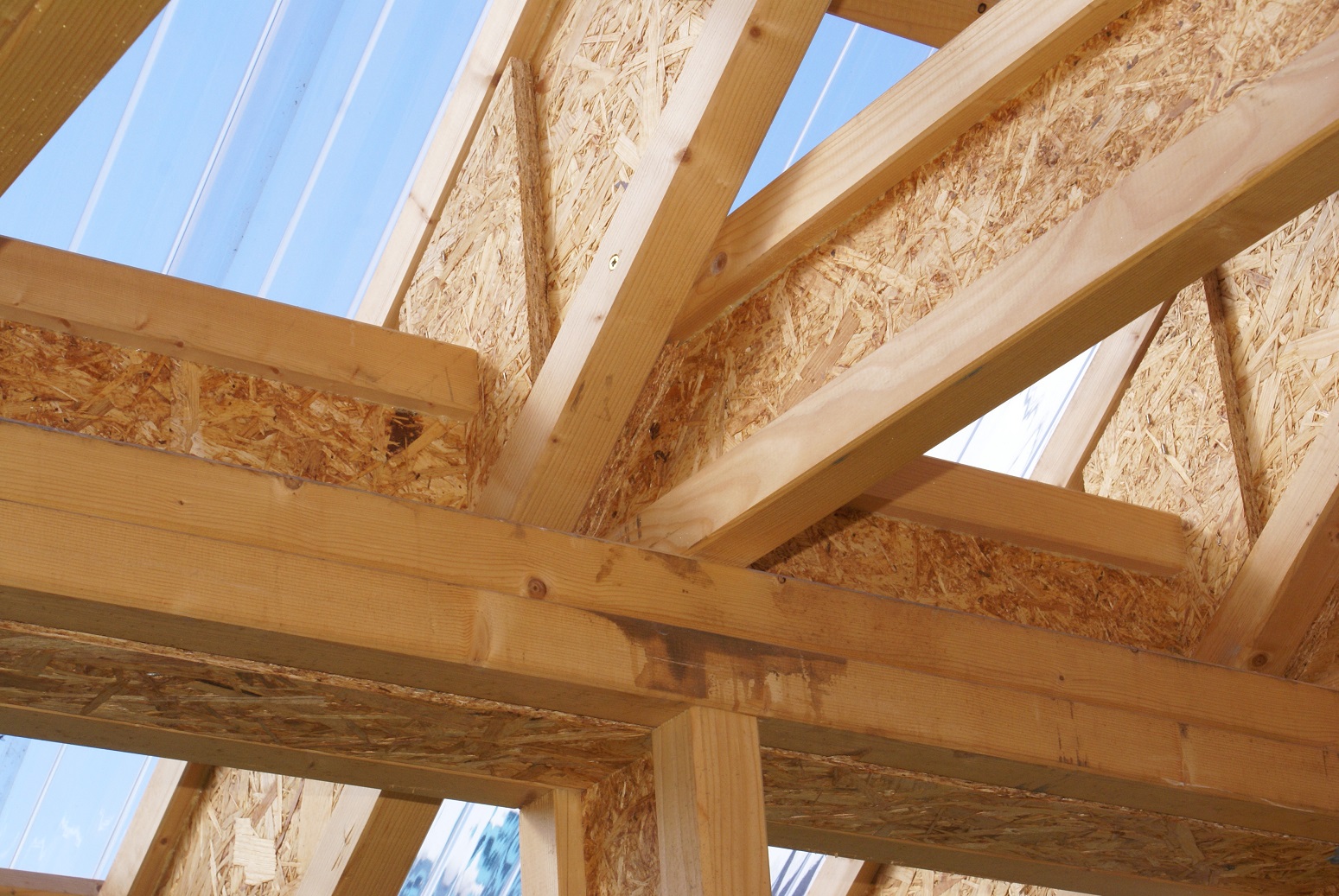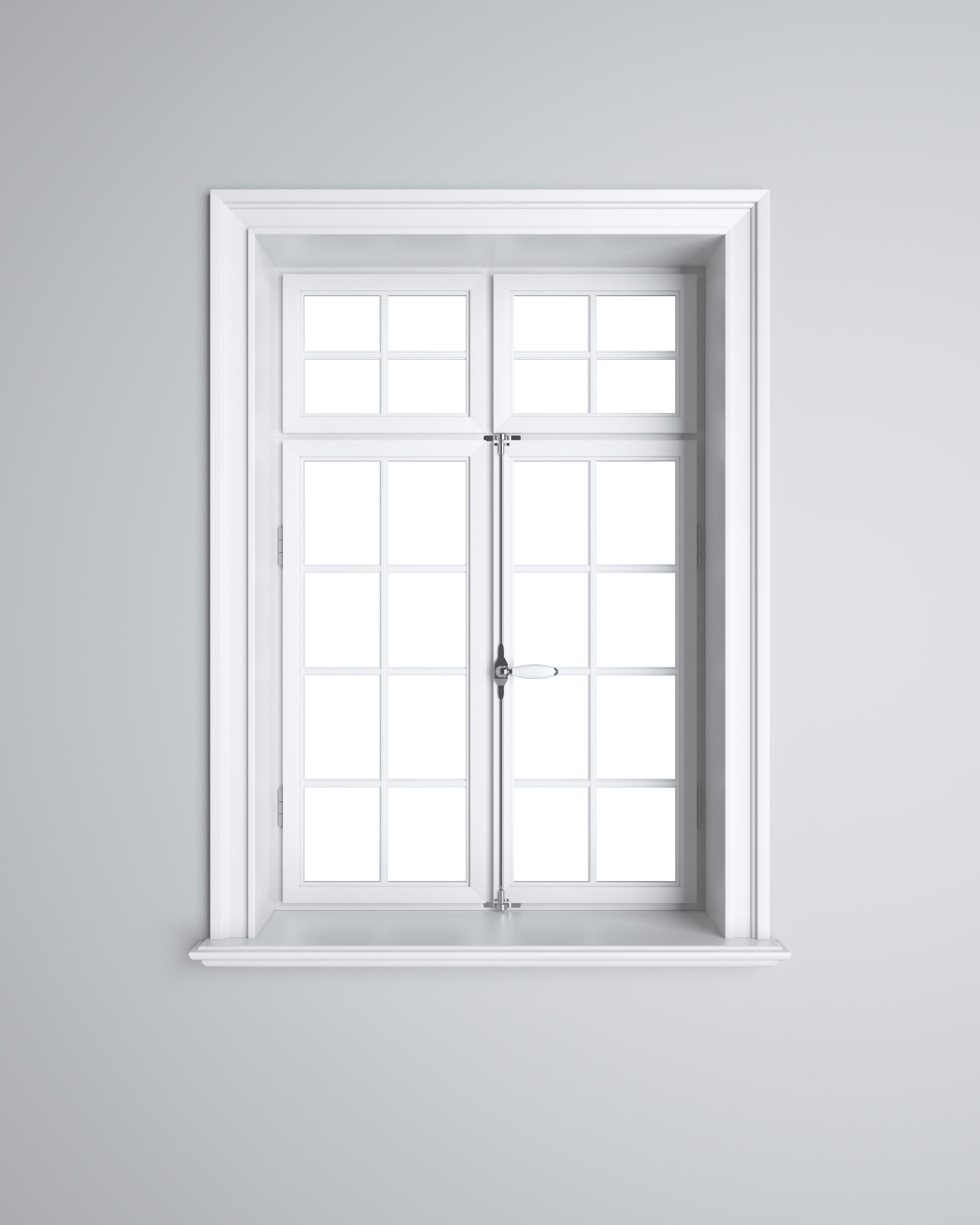Frame houses are becoming more popular every year. Proponents of this solution pay special attention to ecology and energy efficiency, which are extremely important in times of growing environmental awareness. These are not the only advantages of frame houses. What are their most important advantages? Why should you consider building such a building?
What is a frame house?
Frame houses are buildings whose primary building material is wood. The structure is a timber frame, which is filled with stiffening material (such as OSB) and thermal insulation, that is:
- mineral wool,
- windproofing membrane,
- vapor-isolation film.
Most often, the entire facade of a frame house is made of wood. However, it is possible to plaster the exterior walls and paint them in the color of your choice to give the building an original look. Such a solution is also chosen by people who want to build a house faster or to maintain architectural consistency with the surrounding buildings.
Frame houses are divided into three basic types, which differ in terms of construction. The houses are:
- CANADIAN,
- Scandinavian,
- German.
What are the advantages of a frame house?
Frame houses undoubtedly have many advantages. One of the most important advantages is the speed with which the finished building is put into use. The entire structure can be erected in just 3-4 months. By opting for prefabricated products, construction work can be completed even much faster.
The skeleton of the house is lightweight, which makes construction work much easier and more efficient. Also, the construction of the foundation is much simpler than for masonry buildings. The short time of erecting the house translates into less electricity and water consumption, as well as savings due to the small need (compared to traditional technology) for construction or transportation equipment.
Proper use and care of a frame house allows you to enjoy its lifespan for a very long time. However, it is worth remembering the tight thermal insulation of the building and the selection of high-quality raw material. The wood should be carefully selected, as dried at the right temperature it will be free of fungi, mold spores and insect larvae.
In addition, a timber-frame house heats up very quickly, which makes it possible to save energy in the fall and winter, can be hugely prefabricated, built in an area with a steep slope, and there is also the possibility of reconstruction or expansion.
When can a frame house be built?
The frame house structure can be erected at any time of the year, not just in spring. Most of the work carried out does not require a certain temperature or weather conditions, so there is no need to worry about construction extending into the fall.
How is the heating of a frame house?
The skeleton of the house is filled with mineral wool, so the rooms can be heated much faster than with masonry buildings. To further improve airtightness, use a wind and vapor barrier film. It is also worth opting for ventilation with a recuperator, as it allows heat recovery from the ventilated interior.
How much does a frame house cost?
The cost of building a frame house depends on many factors, such as:
- The area of the house and the number of floors,
- roof type,
- electrical system, gas,
- material prices,
- The cost of the construction team’s labor.
Before proceeding with construction, it is necessary to make a project, the price of which fluctuates around 2-4 thousand zlotys. The cost of a shell house alone can be around 250,000 zlotys, while a development house can be around 350,000 zlotys. Also, do not forget about the finishing of the building, the cost of which will vary depending on individual preferences.



